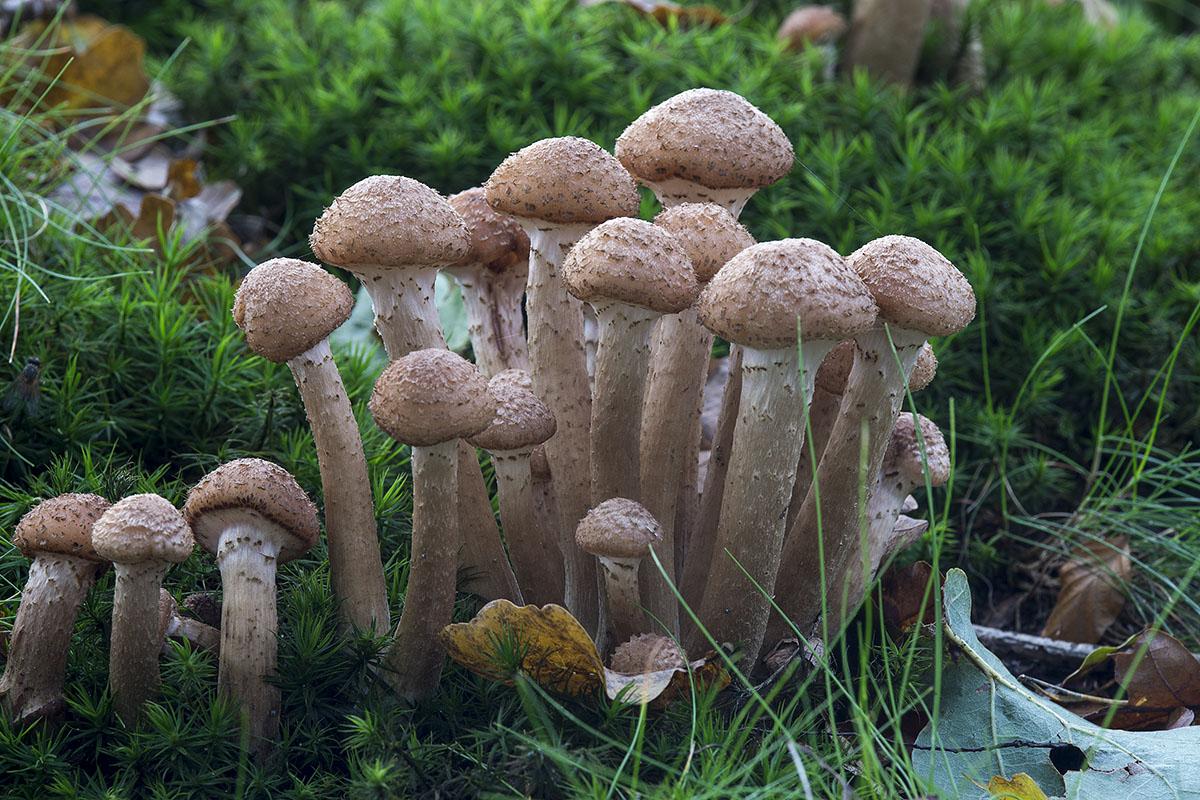Y: In the mixed-conifer forests of the Blue Mountains of northeastern Oregon there lives an organism that makes the massive African bush elephant and even the gargantuan blue whale seem petite by comparison. In fact, Don, it is the world’s largest single living organism.
D: Ah, yes, Yaël, that would be Armillaria ostoyae, or, as some like to call it, Oregon’s humongous fungus. It’s an apt nickname for an organism that covers 2,384 acres of land. To put that in a different perspective, this fungus could encompass over 1600 football fields in its behemoth expanse.
Y: Our listeners might ask, “How can we be sure that Oregon’s humongous fungus is truly a single organism and not a cluster of smaller ones?” And that’s because the fungus has 1 set of genetically-identical cells that communicate with one another and indicate common purposes, or coordinated activities. By that definition, both the blue whale and Armillaria ostoyae are considered single organisms.
D: All fungi of the Armillaria genus display so-called “honey” mushrooms, which have yellow caps and sweet-tasting fruiting bodies. These only represent the sexual phase of the fungus’s life. Long, microscopic filaments called hyphae connect these fruiting bodies; together they form thick, white mats called mycelium that can grow to immense sizes. This is the vegetative phase.
Y: As the mycelium grows, the individual hyphae secrete digestive enzymes that break down and decompose their food. Sometimes, with this particular fungus, that can mean starting at the roots and killing the tree.
D: Armillaria ostoyae grows ever bigger. The more we learn about fungi, the more we realize that perhaps colossal size is not rare for them.










